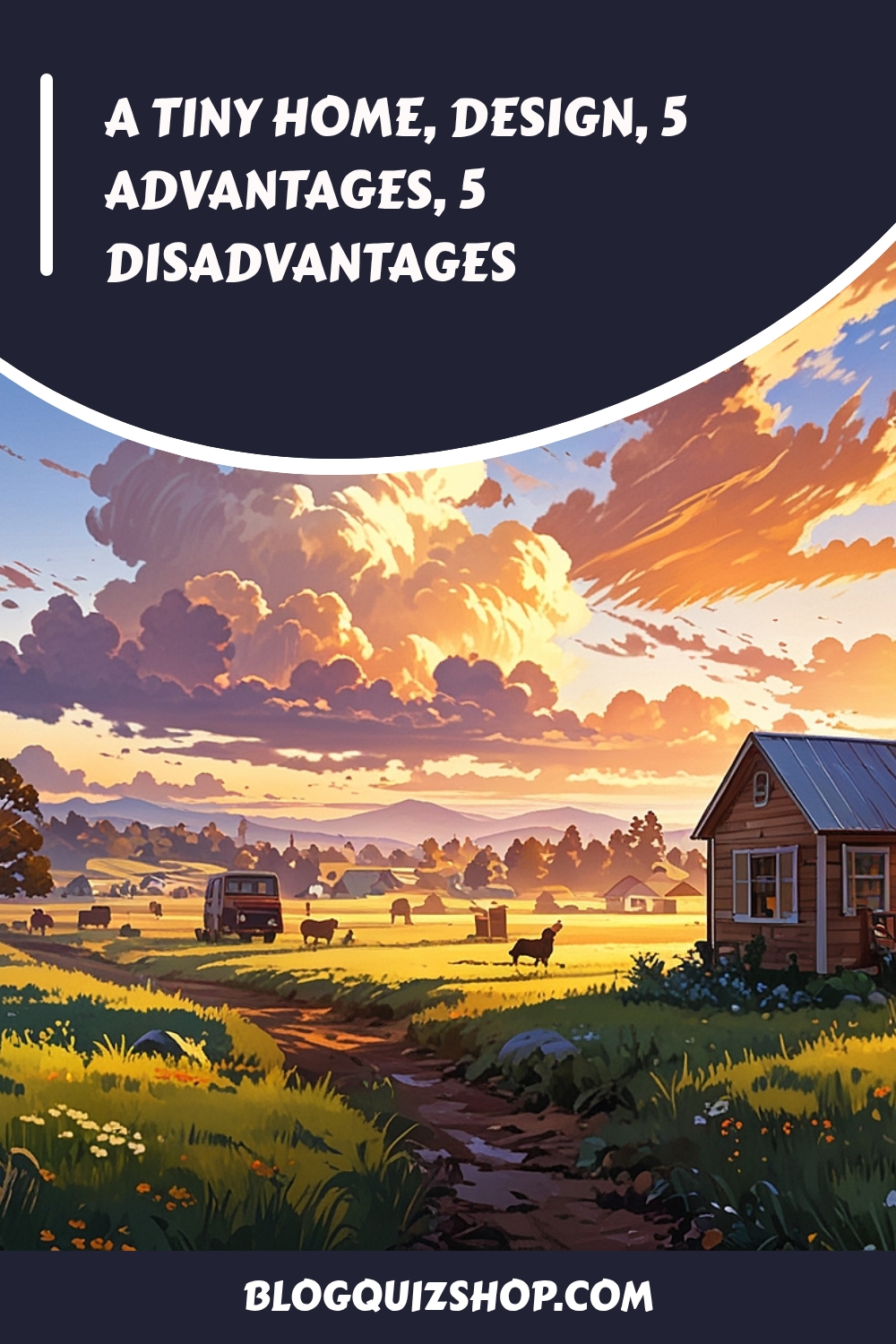TAKE THE QUIZ
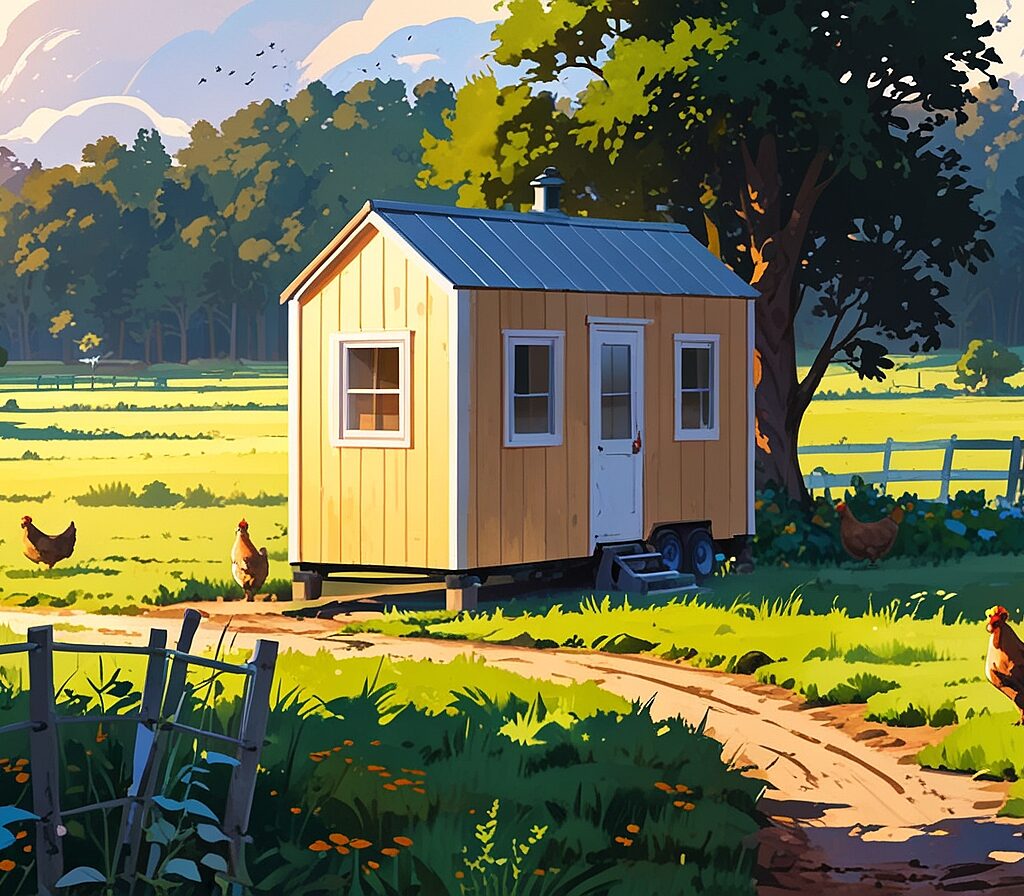
A Tiny Home
In this Podcast we extensively explore the concept of a tiny home as a potential housing solution. Highlighting the financial advantages such as lower costs and reduced debt, alongside the promotion of minimalism and sustainable living. The Podcast also address the challenges including limited space, zoning regulations, and practical considerations. Furthermore, the Podcast offers creative solutions for furnishing and renovating these small dwellings. Emphasizing space-saving and multi-functional designs, and conclude by summarizing the lifestyle and mobility benefits for those seeking a simpler, more flexible existence.
A Tiny Home Lifestyle
This Podcast synthesizes the main themes, important ideas, and facts presented in the provided articles about a tiny home lifestyle. The sources explore various facets of this lifestyle, including its appeal, advantages, disadvantages, financial implications, design considerations, and its potential as an affordable housing solution.
Main Themes:
- Affordability and Financial Freedom: A central theme across multiple sources is the potential for significant cost savings and reduced debt associated with a tiny home lifestyle compared to traditional housing.
- Minimalism and Simplicity: The small size of a tiny home necessitates and often encourages a minimalist lifestyle, focusing on essential possessions and experiences over material accumulation.
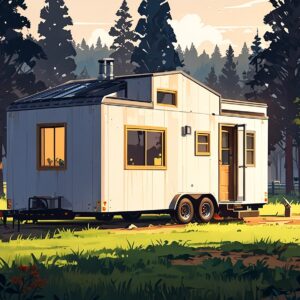
- Sustainability and Environmental Impact: Many proponents of a tiny home highlight their smaller environmental footprint due to reduced energy consumption and material usage.
- Mobility and Flexibility: The option of mobile tiny homes on wheels offers a unique flexibility for travel and relocation.
- Challenges and Trade-offs: Despite the advantages, a tiny home lifestyle presents challenges related to limited space, storage, legal restrictions (zoning), and potential comfort issues.
- Design and Innovation: Creative and multi-functional furniture, vertical storage solutions, and compact appliances are crucial for maximizing space in tiny homes.
- Affordable Housing Debate: The potential of a tiny home as a viable solution to the affordable housing crisis is explored, with discussions around cost, stability, and systemic barriers.
- The Tiny House Movement and its Evolution: The growth of the tiny house movement, the motivations of those embracing it, and the evolving regulations and infrastructure are discussed.
Most Important Ideas and Facts:
1. Definition and Scope of A Tiny Home:
- Tiny homes are generally defined as dwellings with a floor area of 400 square feet or less, excluding lofts. Some definitions extend this to 500 square feet.
- They can be stationary (on foundations) or mobile (on wheels).
- They offer a “simpler way of living with less debt than the average U.S. citizen.”
2. Advantages of A Tiny Home Lifestyle:
- Affordability: Lower purchase costs: Average build costs range from $23,000 to $75,000, for a tiny home. Significantly less than traditional homes. Some DIY builds can be even lower, like Macy Miller’s $11,500 home (excluding land).
- Reduced ongoing expenses: Lower utility bills and maintenance costs. “Living in a tiny home saves money on buying, upkeep, and utilities.“
- Potential for debt-free living: “More than 80% of tiny house owners possess less debt than the average U.S. citizen. Why? They avoid significant monthly mortgage payments.”

- Environmental Benefits: Smaller carbon footprint: Using fewer materials and consuming less energy. “A Tiny home uses fewer materials to build and have a much smaller carbon footprint, consuming less energy and producing fewer emissions.“
- Often incorporate eco-friendly features: Solar panels, rainwater collection, composting toilets.
- Minimalism and Simplicity: Encourages decluttering and prioritizing essentials. “The limited space in tiny homes encourages owners to declutter, prioritize essentials, and adopt a minimalist lifestyle.“
- Less cleaning and maintenance, freeing up time. “Less space means less cleaning and maintenance, freeing up time for other activities.“
- Flexibility and Mobility (for wheeled homes):Option to relocate easily. “Many tiny homes are built on wheels, allowing for mobility and the option to relocate easily.“
- Can serve various purposes: full-time residences, guest houses, rental properties, studios, or vacation homes.
- Customization: Highly customizable designs are available and tailored to individual needs. “A Tiny home is highly customizable, allowing owners to design layouts and features tailored to their needs and preferences.“
3. Disadvantages and Challenges a Tiny Home Lifestyle:
- Limited Space and Storage: Lack of space for belongings and activities. “The most obvious drawback of a Tiny Home is the lack of space for belongings, furniture, and activities.“
- Constant challenge of storage.
- Reduced Privacy and Social Limitations: Can strain relationships in close quarters.
- Difficult to host guests or entertain in a Tiny Home.
- Legal and Zoning Challenges: May not comply with local building codes or zoning laws. “Tiny homes may not comply with local building codes or zoning laws, leading to difficulties in finding legal places to park or build them.“
- Difficulties in obtaining insurance and financing.

- In some areas, like Cape Breton, tiny houses lack a specific designation, leading to classification as travel trailers with restricted placement.
- Practical and Comfort Issues: Small spaces get messy quickly.
- Smells, noise, and lack of separation between living areas can be problematic.
- May lack common amenities.
- Potential Hidden Costs: Land, utility hookups, or moving costs can add up.
- Maintenance can be more frequent.
- High Humidity: Smaller spaces occupied by people and pets can experience high humidity, leading to potential mold issues, especially in humid climates.
4. Financial Aspects in Detail:
- Upfront costs for a Tiny Home can range from $28,000 to over $150,000, depending on size, materials, and customization.
- Ongoing expenses for utilities are significantly lower due to the smaller space and often energy-efficient design. “Owners enjoy lower bills for utilities like water, electricity, and gas.“
- The reduced financial burden allows owners to pursue other interests and potentially retire earlier.
5. Lifestyle and Mobility in a Tiny Home:
- Minimalist living: Focuses on reducing clutter, simplifying life, and prioritizing experiences. “It focuses on reducing clutter and simplifying life.“
- Mobility: Wheeled tiny homes offer the freedom to travel and live nomadically. “This design offers flexibility for those who like to travel or live nomadically. You can take your home wherever you go!“
6. Challenges to Overcome:
- Zoning and legal hurdles: Vary widely by location, requiring thorough research. “Many areas have strict rules about where you can put a tiny house. Some places may not allow them at all.“
- Limited space: Requires creative storage solutions and a commitment to minimalism.
- Insurance and financing: Can be more complex due to the non-traditional nature of tiny homes. Some are insured as “mini homes” requiring modifications like skirting.
7. Design and Furnishing Strategies:
- Multi-functional and space-saving furniture: Sofa beds, folding tables, storage benches, Murphy beds. “Choose furniture that serves more than one purpose, such as sofa beds, armchairs with storage, or folding tables.“
- Vertical and wall-mounted solutions: Floating shelves, wall-mounted desks and cabinets. “Maximize vertical space by installing floating shelves, wall-mounted desks, and cabinets.“
- Creative storage ideas: Stair drawers, under-bed storage, built-in cabinets.
- Flexible layouts: Combining living, dining, and sleeping areas.
- Compact appliances and fixtures: Mini fridges, washer-dryer combos, single-burner cooktops.
- Light and color tricks: Using light, neutral colors and mirrors to create a sense of spaciousness.
8. A Tiny Home as an Affordable Housing Solution:
- While the initial cost of a tiny home is lower than traditional housing, factors like land costs, utility hookups, and zoning regulations can still make overall affordability a challenge, especially for those with very low incomes.
- The average cost of a tiny home in the US is around $67,000, which may still be unaffordable for individuals at the median income without significant savings or financing.

- Tiny house villages for the homeless are being developed in some cities, representing a potential use case for transitional housing.
- Secondary dwelling units (ADUs) in the form of tiny homes offer a potentially more affordable and faster way to increase housing density compared to traditional construction, but still face regulatory hurdles.
- The language around tiny homes being “affordable” needs to be nuanced, specifying for whom they might be affordable (e.g., those with higher incomes seeking downsizing or those willing to DIY extensively).
9. The Tiny House Movement and Personal Experiences:
- Driven by desires for financial freedom, simple living, and reduced environmental impact.
- Many individuals are motivated by dissatisfaction with the high costs and demands of traditional homeownership.
- Personal experiences highlight the importance of careful planning, understanding individual needs and values, and being prepared for the unique challenges of tiny living. One couple emphasized designing their home around their lifestyle, including a full-size fridge for their “junk food” (french fries) and a “doggie elevator” for their aging corgi.
- The movement is evolving, with increasing interest from younger individuals priced out of traditional markets and retirees seeking simpler, more affordable living.
10. Prefabricated Tiny Homes:
- Prefab options are available, offering quicker construction and potentially controlled costs.
- Prices for prefab micro-homes can vary widely, from around $97,500 for a basic unit to over $335,000 for more advanced and furnished models.
- Prefab homes can be designed for various purposes, including full-time living, vacation homes, or hospitality.
Quotes:
- “Feeling the strain of rising property taxes and house insurance? You’re in good company. Many are searching for cost-effective housing options that don’t compromise on quality and comfort.”
- “A Tiny home offer a fresh way to live. They save money on both building and upkeep. Many people find joy in simplicity, freeing themselves from debt. You can even move your home if you want to travel.”
- “despite what your real estate agent may tell you chances are that you don’t need a million dollar house with a massive backyard… however what you do need is a roof over your head so long as the space isn’t too much of an issue then you may be interested in joining the tiny house revolution.”
- “HUD actually defines affordable housing as housing on which the occupant is paying no more than 30% of gross income for housing cost including utilities.”
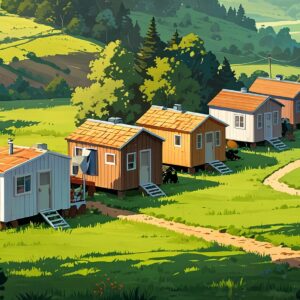
- “I think that I don’t know it’d probably be like not necessarily the best idea or maybe the most effective use of my time to call for a language change but I think that’s a start I think to start the language needs to change around tiny homes.”
- “We really want him to be with us and we did design stairs up to our main loft… But they are a little bit steep for him, and he has a little bit of a bad back, so Matt our builder is fantastic and he stared into open space for a long long time and then he eventually came up with this idea for a doggie elevator.”
- “Part of our living tiny is to help people understand that you can live a different lifestyle. We don’t have any expectation that people would live in 175 square feet, but maybe by our living in that size someone who’s living in 2,000 square feet might be able to see oh I could live in a thousand or 800 or 600 so so we’re hoping to inspire people to live smaller though, not necessarily tiny.”
- “A Tiny home right now are mostly attractive to a two segments of the population I’d say and we actually Kind of aren’t in either, but so a slightly younger Segment of the population where real estate prices are just way too high and their salaries aren’t You can’t do it and Also very much to the retirement population.”
- “what makes a passive house most affordable is building it as small as possible where you can live in that home and still maintain the comfortable Integrity now is a tiny home for you…”
- “I love the fact that I could own something and still be able to go for dinner if I wanted to still be able to go on a trip if I wanted to I love the fact that I could design it myself I could take all of my dreams and wishes and the way I live my life and put it into a house exactly the way that I wanted it to be.”
- “there are thousands of people out there that want to go tiny in a tiny home. I think it’s really important for people to be very vocal about that how will home builders and municipalities know that there’s a demand for smaller homes unless people are saying I want a smaller home.”
Conclusion:
A Tiny home lifestyle presents a compelling alternative to traditional housing for individuals seeking affordability, simplicity, and a smaller environmental footprint. While offering numerous advantages, it also entails significant trade-offs and challenges, particularly regarding space limitations and legal complexities. The potential of tiny homes to solve the broader affordable housing crisis is still debated, with systemic issues like land costs and zoning regulations posing significant hurdles. Nevertheless, the tiny house movement continues to evolve, driven by individual choices and a growing awareness of the need for diverse and sustainable housing options. Creative design, careful planning, and advocacy for regulatory changes are crucial for the future of tiny home living.
SHOP NOW ZAZZLE - CLICK BELOW
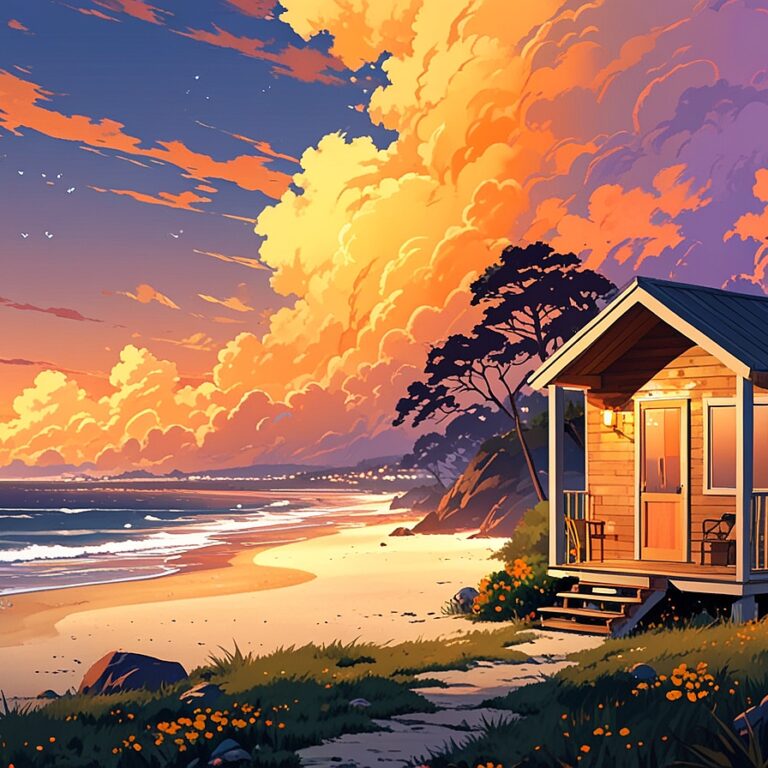
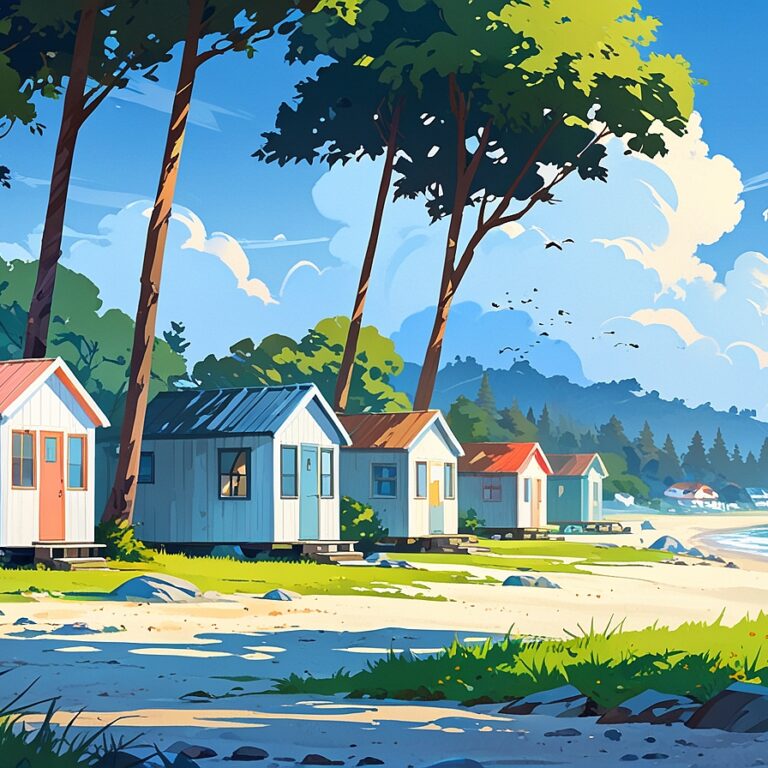
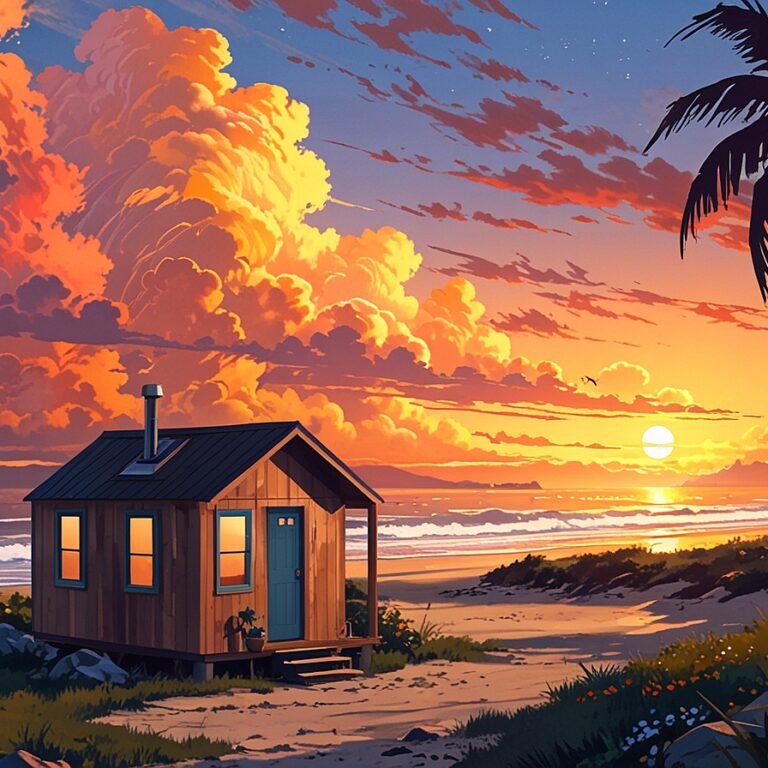
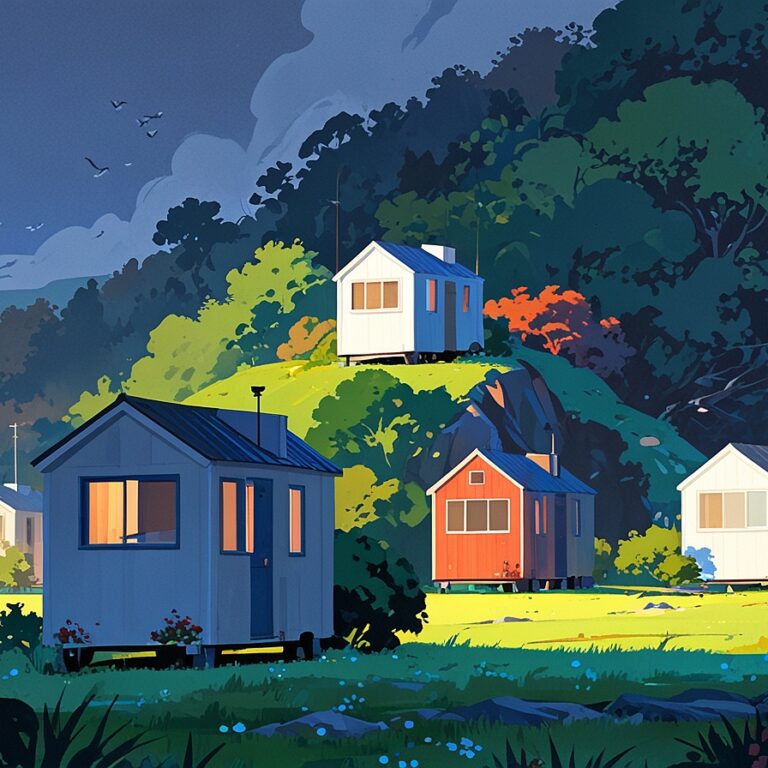
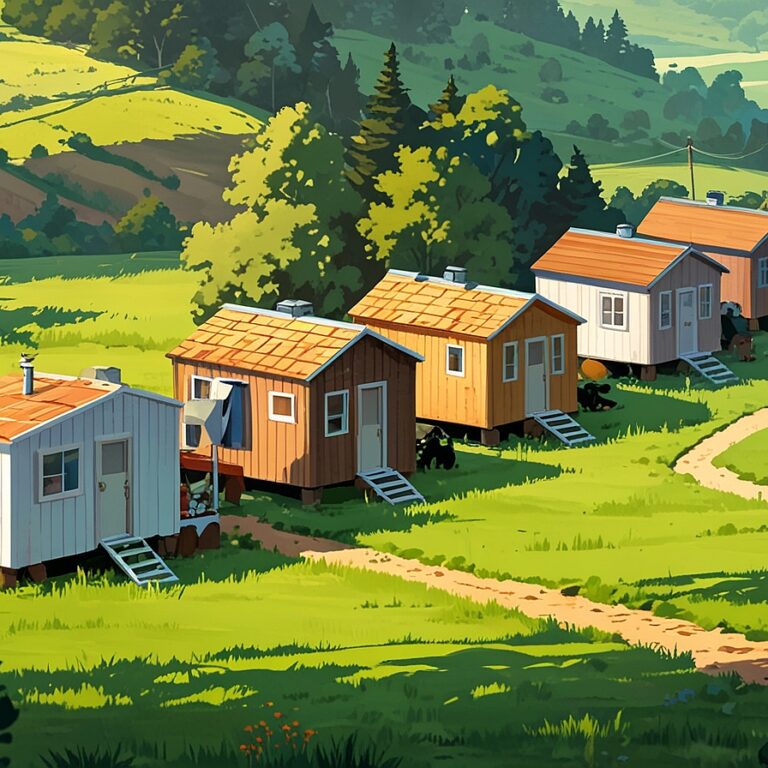
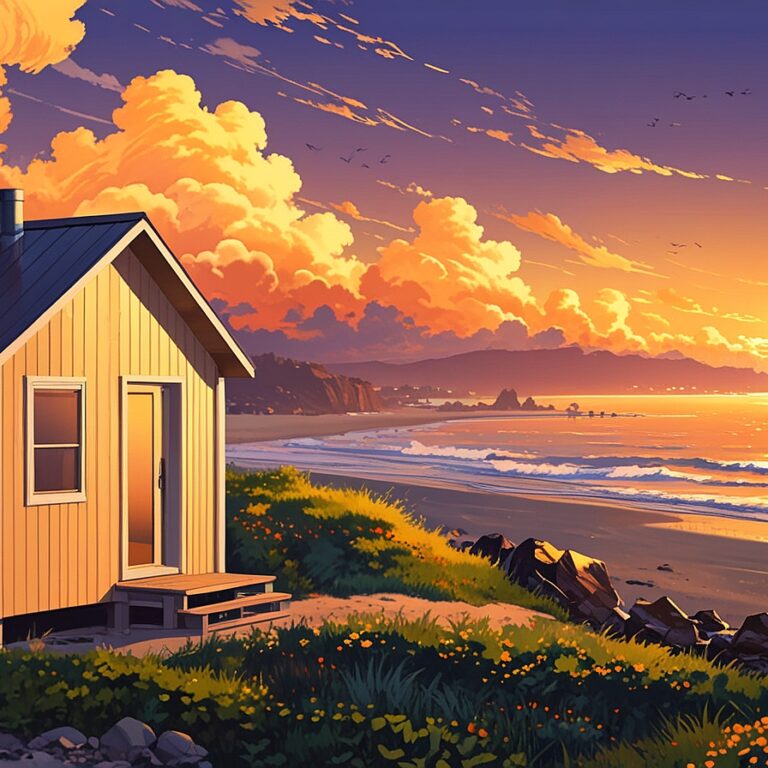
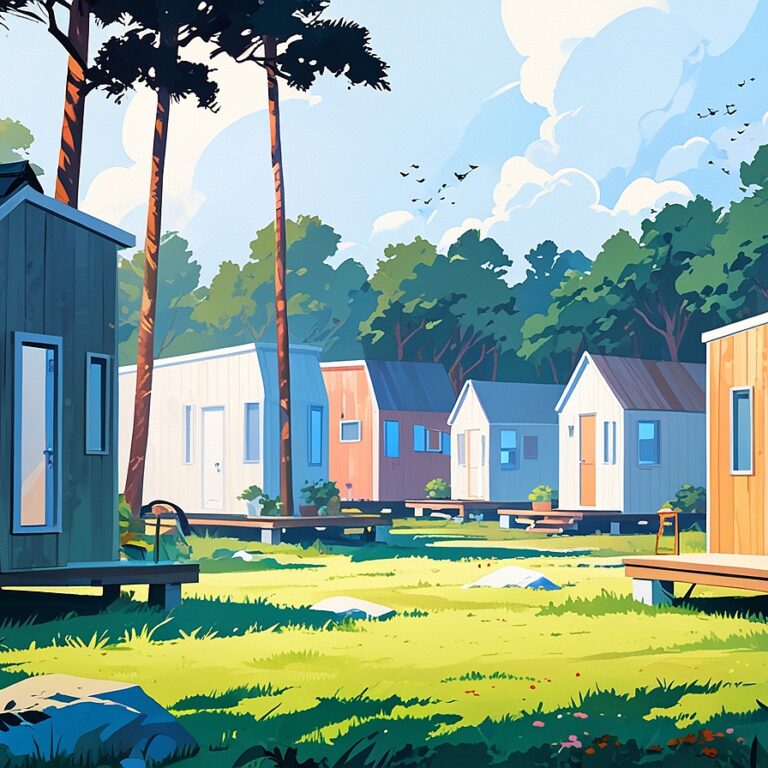
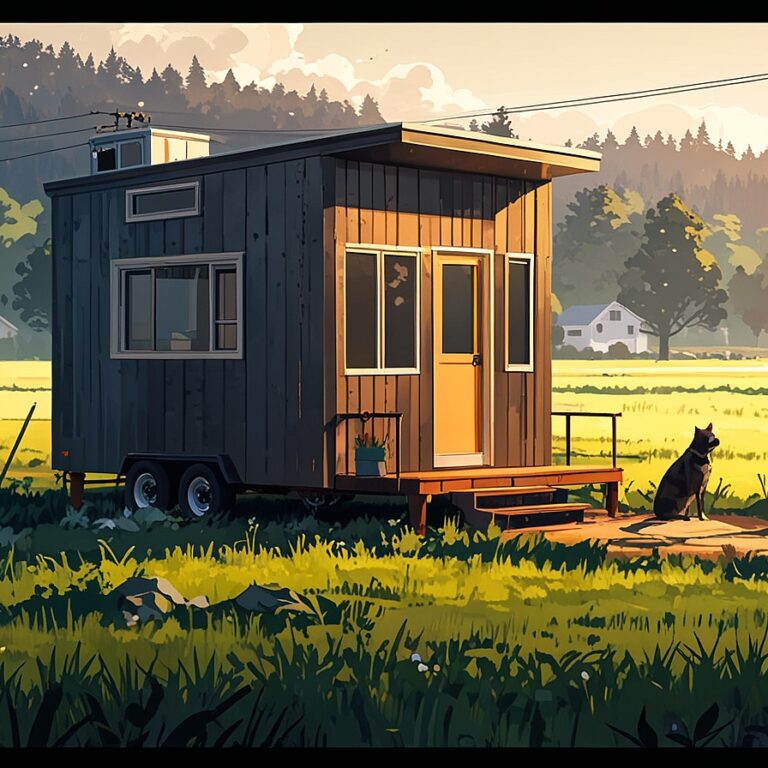
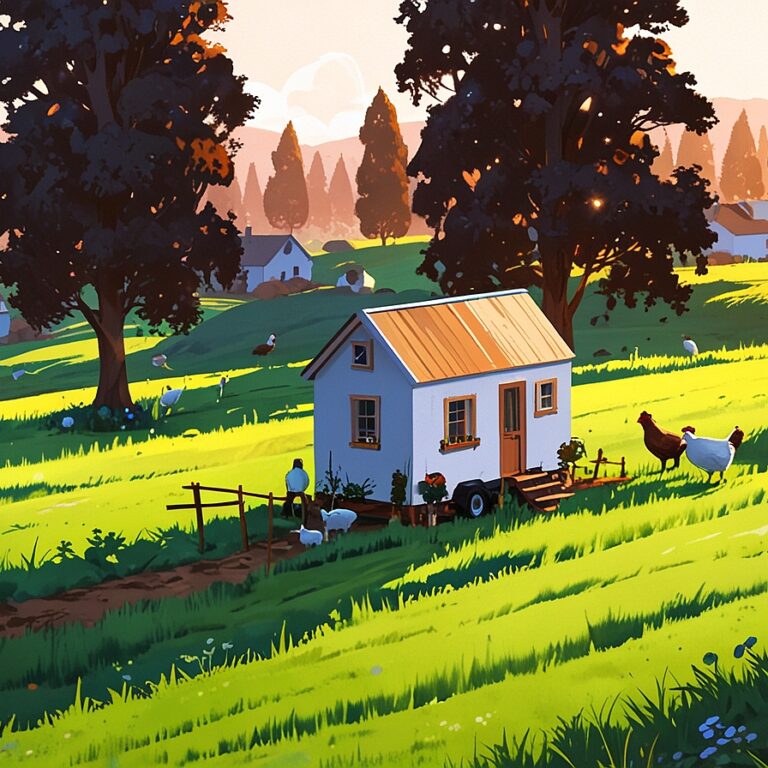
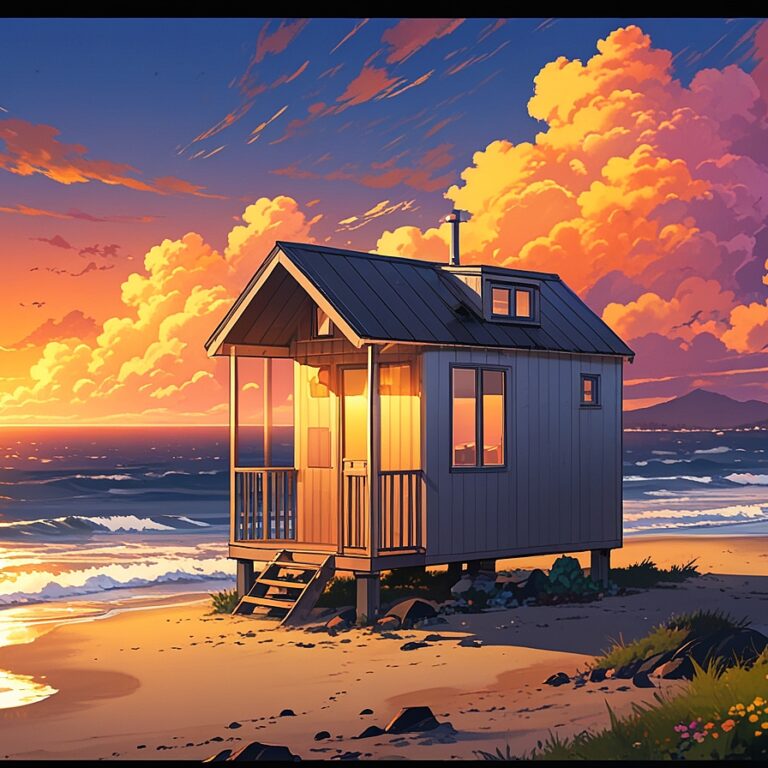
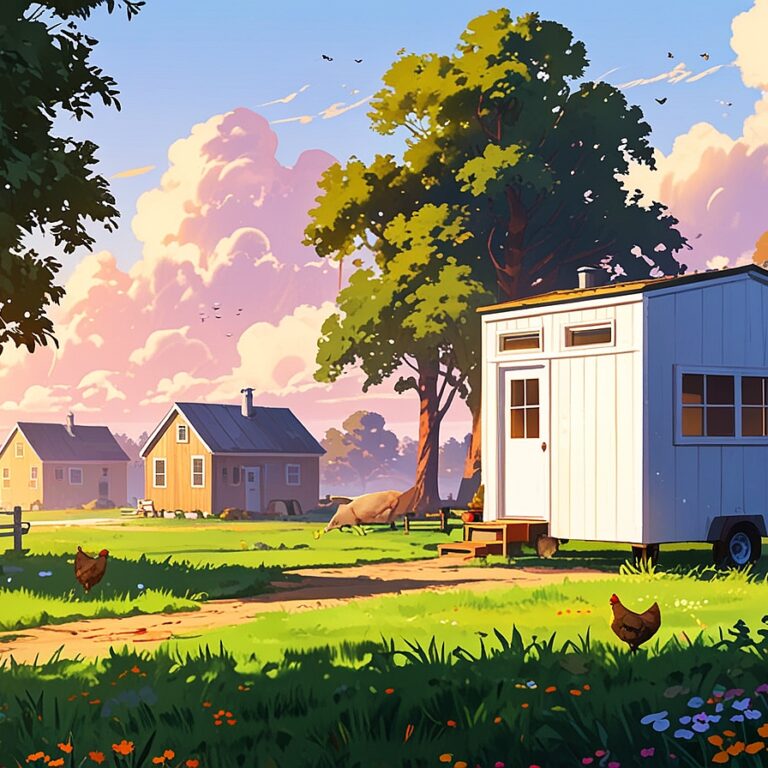
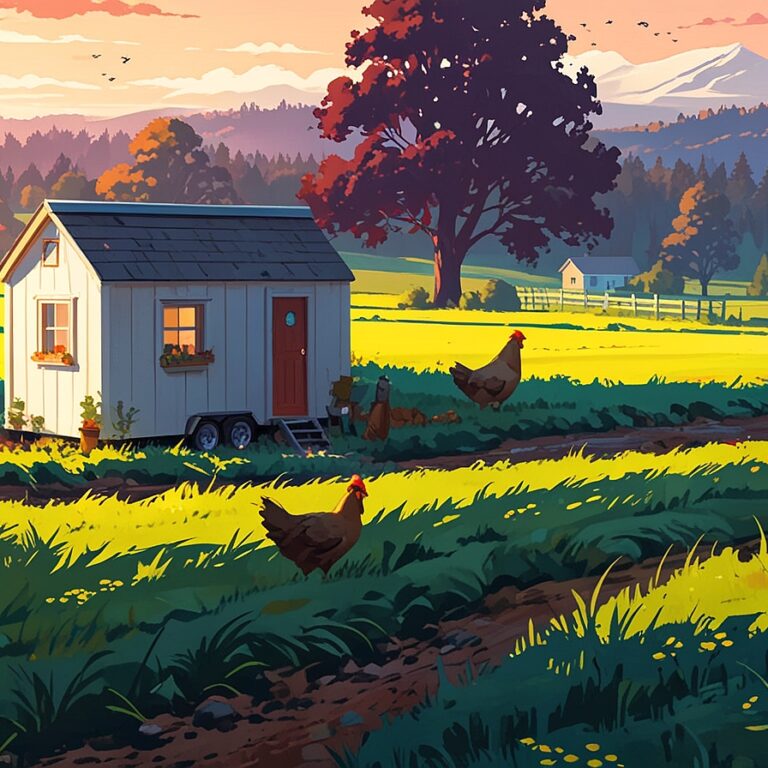


 Cart is empty
Cart is empty 






